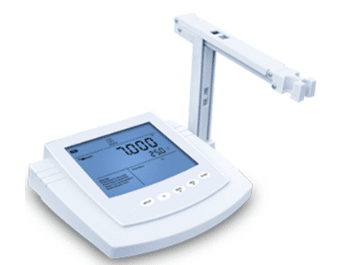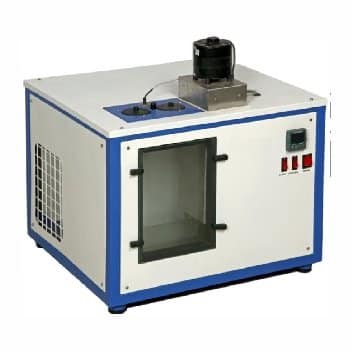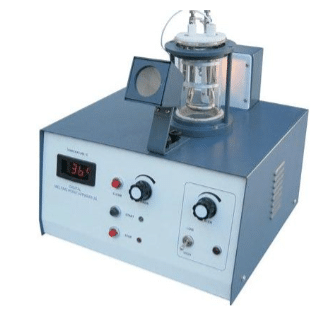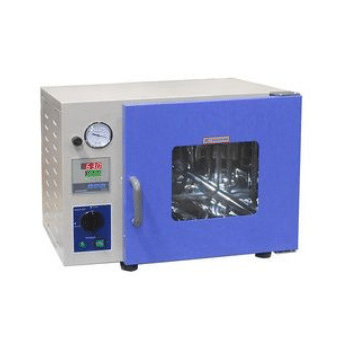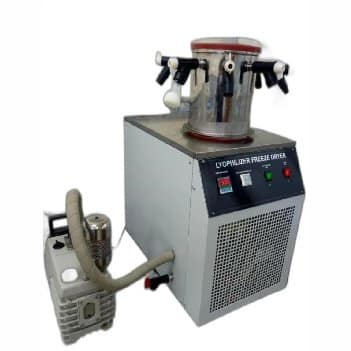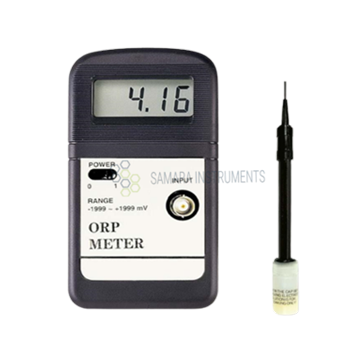
ORP Meter
An ORP meter, also known as an Oxidation-Reduction Potential meter or Redox meter, Read more
An ORP meter, also known as an Oxidation-Reduction Potential meter or Redox meter, is a device used to measure the Oxidation-Reduction Potential (ORP) of a solution. ORP is a measure of the potential of a solution to either gain or lose electrons during a chemical reaction. It is commonly used in various fields such as water treatment, aquaculture, swimming pools, and industrial processes.
The ORP meter consists of a probe or electrode that is immersed in the solution being tested. The probe typically contains a reference electrode and a measurement electrode. The reference electrode provides a stable reference potential, while the measurement electrode measures the ORP of the solution.
The measurement is based on the principle that when a voltage is applied between the reference and measurement electrodes, a current is generated proportional to the ORP of the solution. The meter measures this current and converts it into a numerical value, usually displayed in millivolts (mV) or as an ORP value in millivolts relative to a standard reference electrode.
ORP meters are used to monitor and control the oxidation-reduction potential of a solution. In water treatment applications, they are used to assess the disinfection capacity of water, as higher ORP values generally indicate a greater ability to kill bacteria and other microorganisms. In aquaculture, ORP meters help maintain optimal water conditions for fish and other aquatic organisms. They are also utilized in industrial processes where precise control of ORP is critical for maintaining the desired chemical reactions.
It is important to note that while ORP meters provide a useful indication of the oxidizing or reducing potential of a solution, they do not directly measure the concentration of specific substances. Other measurements, such as pH and chemical analysis, may be required for a comprehensive understanding of the solution’s composition.
Overall, ORP meters are valuable tools for assessing the redox state of solutions in various applications, enabling effective monitoring and control of processes to achieve desired outcomes.
| Model No | SI - ORP/203 |
|---|---|
| Test Range | -1999mV to +1999mV |
| Resolution | 1 mV |
| Accuracy | ±5 mV |
| Temperature Range | 0 to 50°C |
| Operating Humidity | RH 95% max |
| Power supply | 4 x 1.5V alkaline |
| Accuracy | ±5 mV |
| Temperature Range | 0 to 50°C |
| Resolution | 1 mV |
| Power supply | 4 x 1.5V alkaline |
| Test Range | -1999mV to +1999mV |
| Operating Humidity | RH 95% max |
- Measurement Range
- Accuracy and Precision
- Temperature Compensation
- Display and Readability
- Data Logging and Storage
- Automatic Shut-off and Power Saving
- Durability and Waterproofing
- Portability and Connectivity
- Long battery life
- High Input Impedance
- Low battery indicator
- LCD with two displays & bar graph indicator
- Rugged and Waterproof housing
- Supplied with soft carrying case
You May Also Like


